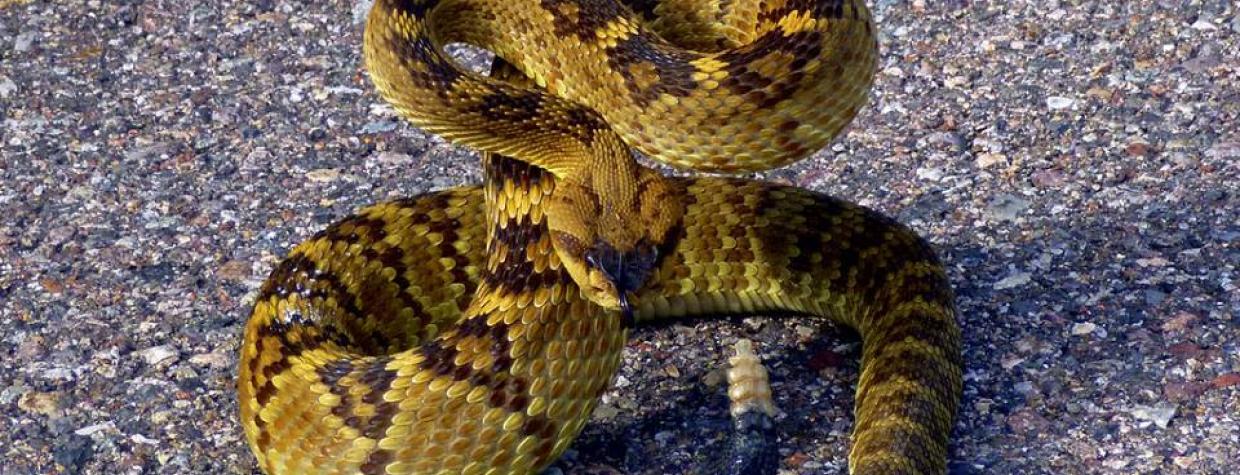Most hikers in Arizona never encounter a rattlesnake in the wild, but they're out there. And though these noisy reptiles don't usually pose much of a threat to humans, this time of year can be the exception.
As ABC 15 Arizona reported recently, this is the time of year when baby rattlesnakes typically are born. The babies don't yet have the ability to produce an audible rattle, which the snakes use to warn predators (and humans) of their presence. They also can be well camouflaged in grass or brush, making them easy to miss.
Baby rattlers do bite and can deliver venom just like adult snakes. If you think you've been bitten, medical experts urge you to call 800-222-1222 to get treatment. That said, rattlesnake bites are rarely fatal. In our Arizona Highways Hiking Guide, Editor Robert Stieve offers some tips for hiking in rattlesnake country:
- If you don't put your hands and feet into places you can't see, you probably won't be bitten by a snake or other venomous reptile. Make sure you can see where you're stepping before you step there. And bat the brush ahead of you with a stick before you get there.
- Use a light at night. Snakes like to sprawl on warm, flat ground and on asphalt.
- If you get bitten, stay calm and sit still. If possible, get to a hospital quickly. Until then, chemically activated cold packs can slow the venom's rate of travel; apply one by wrapping it in a towel, shirt or bandanna so it doesn't freeze your skin.
- If you must hike out on your own, set a moderate pace and remind yourself that this injury is not fatal.
Photo: A black-tailed rattlesnake in the Pinaleño Mountains. | Chad Harris

